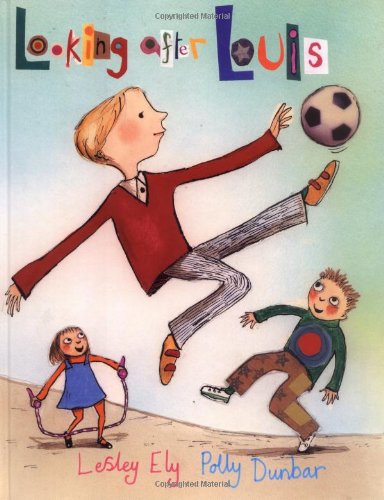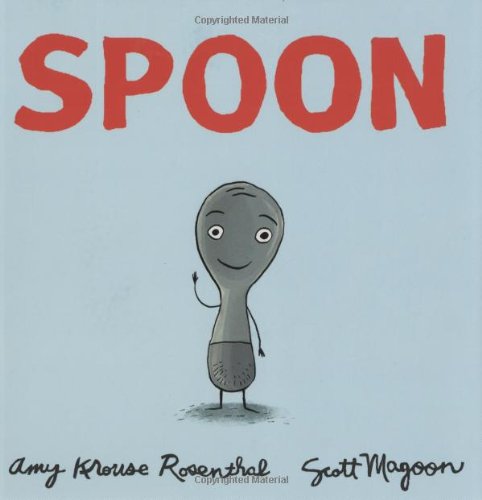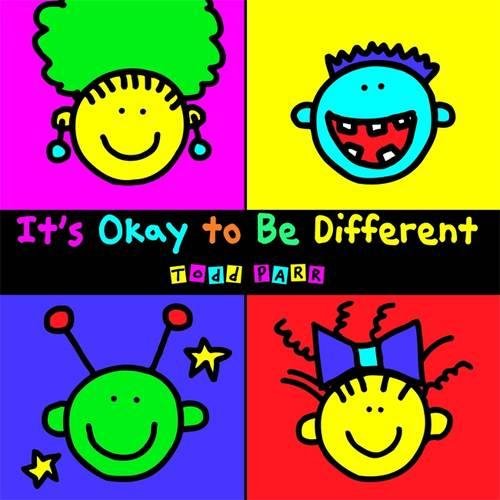In a blended family with two girls the same age, there’s bound to be some conflict. That conflict becomes even more extreme because one of our daughters is autistic, and the other is neurotypical. How can you explain autism to neurotypical kids? How do you explain to one sister why she has different rules than her sister or why her sister doesn’t always use her words?
![]()
The last 6 years we’ve been working together as a family to understand that each member of our family is different and needs different things, but it’s not always easy to explain in a way that children understand. Thankfully over the years, we’ve found a few tricks and tips to explaining autism to neurotypical kids.
Focus on Ability
When discussing an autistic child, focus on the positives – on what the child you are talking about does brilliantly. Autism is not doom and gloom and if you focus on the negatives you will be teaching your child to see the negatives instead of what makes their friend (or sibling) amazing. Be kind and teach kind.
Resource: Grab your Free Calming Strategies for Kids email course.
Things to Remember
- Autism is not an intellectual disability.
- If the autistic child is present during the conversation do not talk about them as if they are not there. Include them in the conversation and speak directly to the child (and teach your child to do the same), even if they are non-verbal.
Explaining Sensory Meltdowns
One of the biggest struggles we have with the girls is that Livia often has sensory meltdowns that scare Possum. It’s hard for her to understand why her sister is screaming, crying, and sometimes getting violent over the smallest things. Even in her attempts to help, Livia often resists or gets more frustrated.
Things to Remember
- Siblings need their feelings acknowledged and the chance to just be a kid. Sensory meltdowns are a big thing to process.
- Honest questions are not rude. Your neurotypical child may ask all sorts of questions, some of which will probably hit a sore spot. Be prepared to answer them in a way that does not shame your child for asking.
- Keep your explanations developmentally appropriate. It’s ok to leave out the parts that you know your child will not developmentally comprehend. Just start the conversation and take it one step at a time.
How to Explain a Sensory Meltdown to a Child
Sensory meltdowns can often look like a massive tantrum. This confuses most adults. I know there have been countless times that we have had a meltdown out in public only to have adults stare or make rude comments about spoiled children. I can’t even begin to comprehend how confusing a sensory meltdown could be for a child. The easiest way we have found to describe a sensory meltdown is that it is feeling overwhelmed. That when our friends (or siblings) are having a sensory meltdown it is because there is too much happening around them.
RELATED POSTS: 13 Powerful Phrases Proven to Help an Anxious Child Calm Down
For our girls using a gaming system analogy worked extremely well. In our home, we have an Xbox and a Wii. Both play games and are a lot of fun. But what would happen if we put the wrong game into the wrong system?
All of our brains are wired differently and handle information differently just like gaming systems are. And sometimes our systems just need a break to cool down.
Books About Autism for Neurotypical Kids
Using books is an excellent way to explore some of the harder to talk about topics. Below you will find 15 of our favorites. Click the images below to find more information on each book.
All My Stripes: A Story for Children with AutismA Friend Like Simon – Autism / ASD
Autism Is…?
My Brother Charlie
How to Be Human: Diary of an Autistic Girl
Noah Chases the Wind
Looking after Louis
Strictly No Elephants
Leah’s Voice
Spaghetti Is Not A Finger Food
Just Because
Understanding Sam and Asperger Syndrome
Spoon
It’s Okay To Be Different
I See Things Differently
Find Play Strategies that Work
Another struggle we have at home is that our two girls play drastically different. Possum loves interactive play, pretend play, and involving the whole family in her elaborate games. Livia prefers to play on her own. And well…when both want each other to play the way that they want to play, a fight breaks out. We’ve found that finding different games that include each of the girls’ preferences and strengths has done wonders. For example, Possum loves competitive sports while Livia loves goes at your own pace nature walks. To compromise we make sure to get some family bike rides (with mini races) thrown into our schedule every week.
Below you will find a free printable calendar with the brainstorming sheet we use to compare both of our girls preferred activities side by side in order to come up with family activities everyone will enjoy. When using this planner throw out some suggestions while asking for ideas from your kids on activities that will include everyone. It’s always fun to hear the ideas my kids come up with!
p.s. Get on the Free Behavior Workshop waiting list now.
Additional Autism Resources
Share This!
[social_warfare buttons=”Pinterest,Twitter,Facebook”]![]()


















Thank you for this article. It was helpful. My oldest is on the spectrum and I have a middle child who understands it and a younger who pushes his buttons. I appreciate this and will use the tips to explain to my youngest about how to give her brother some space.